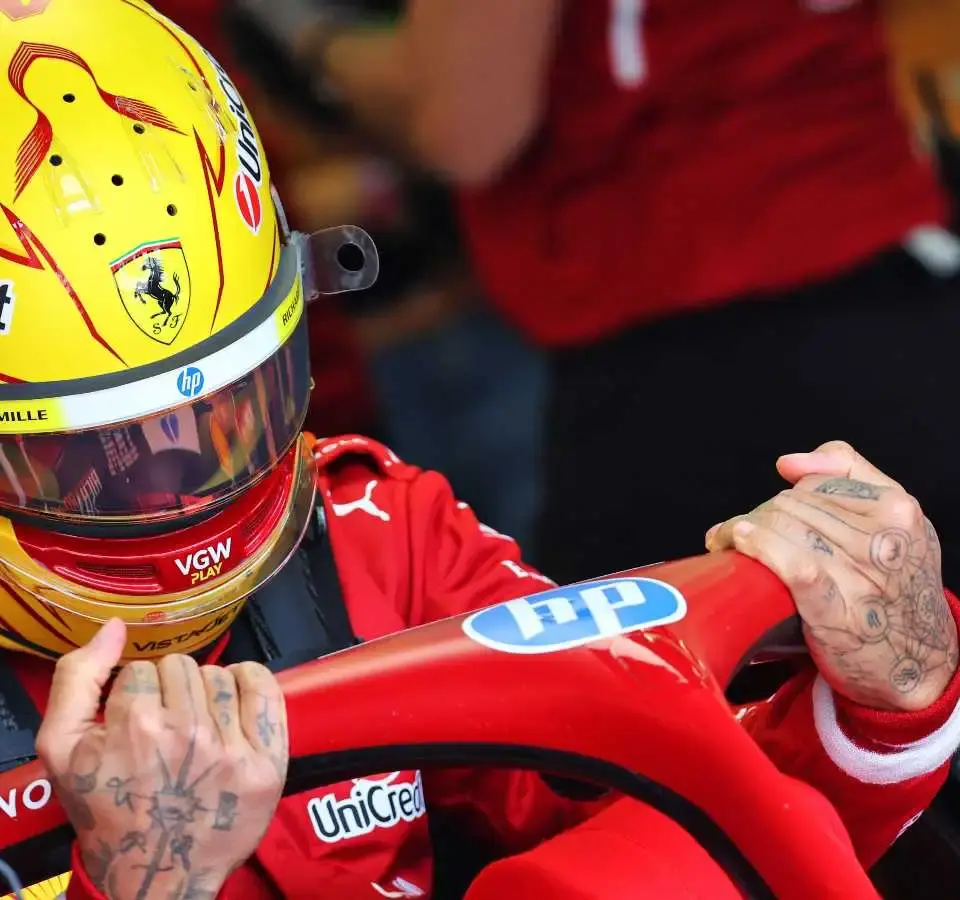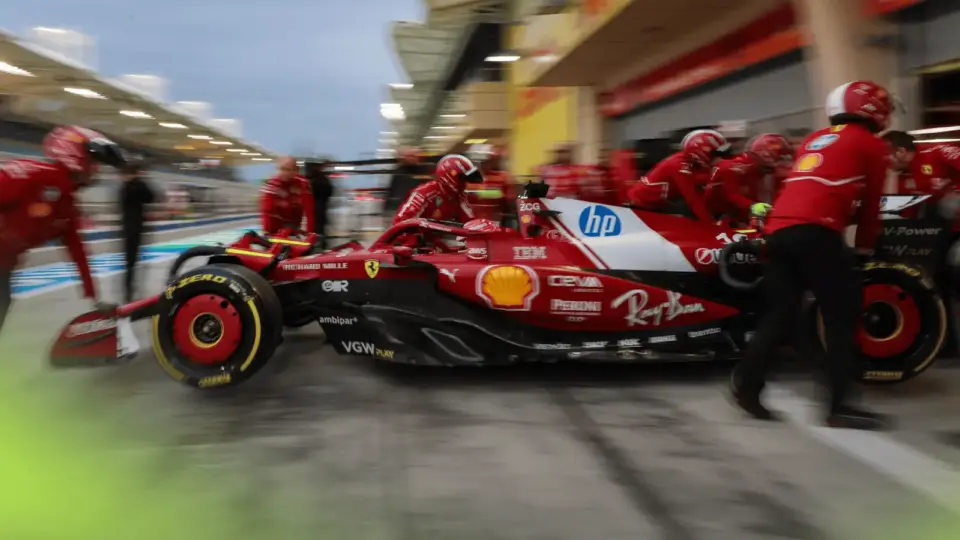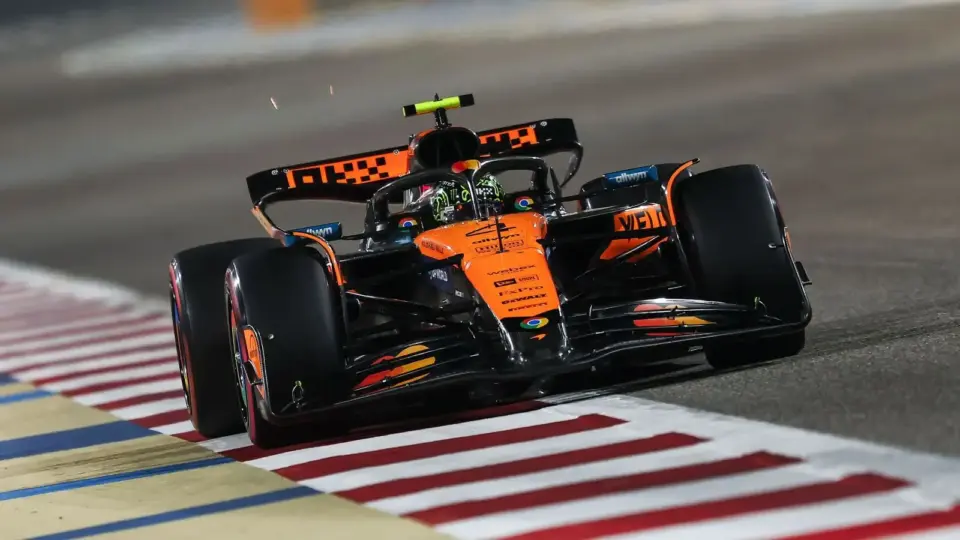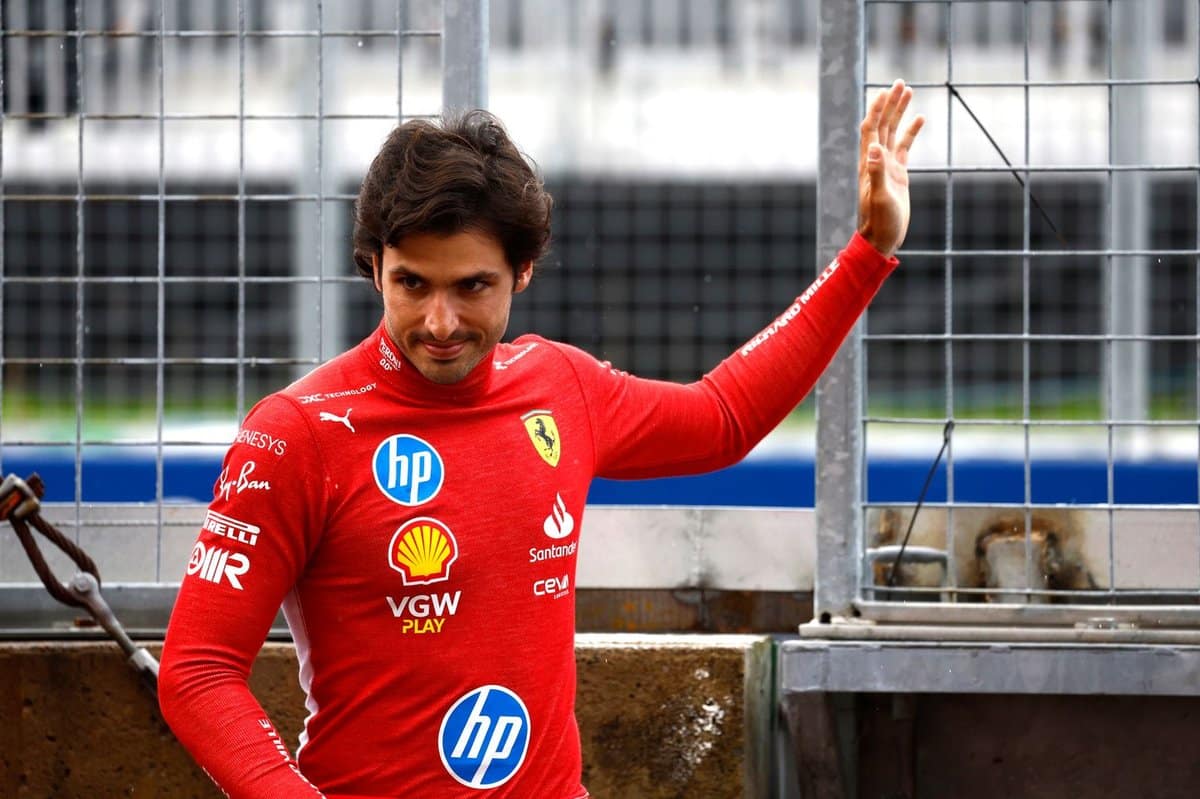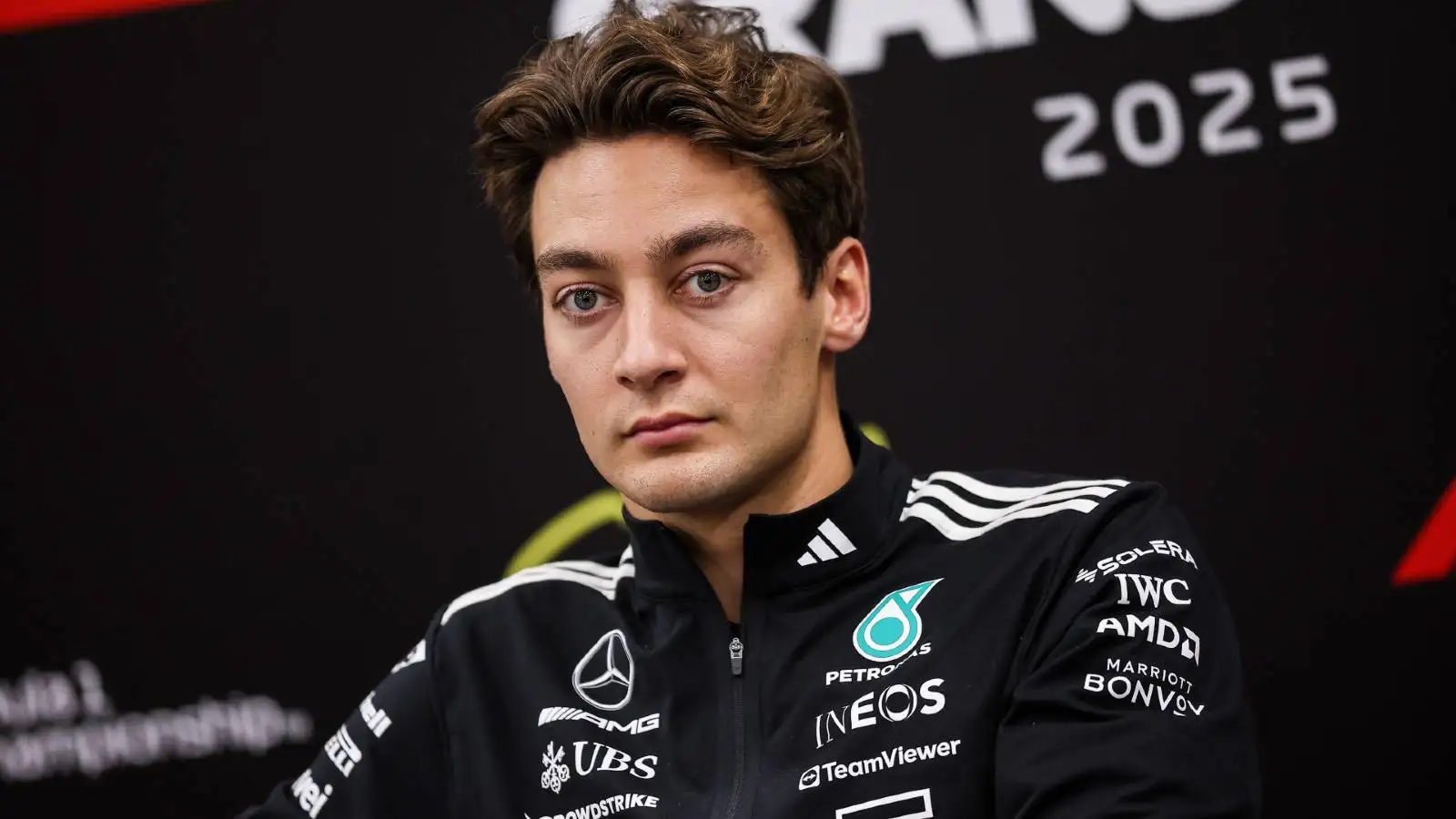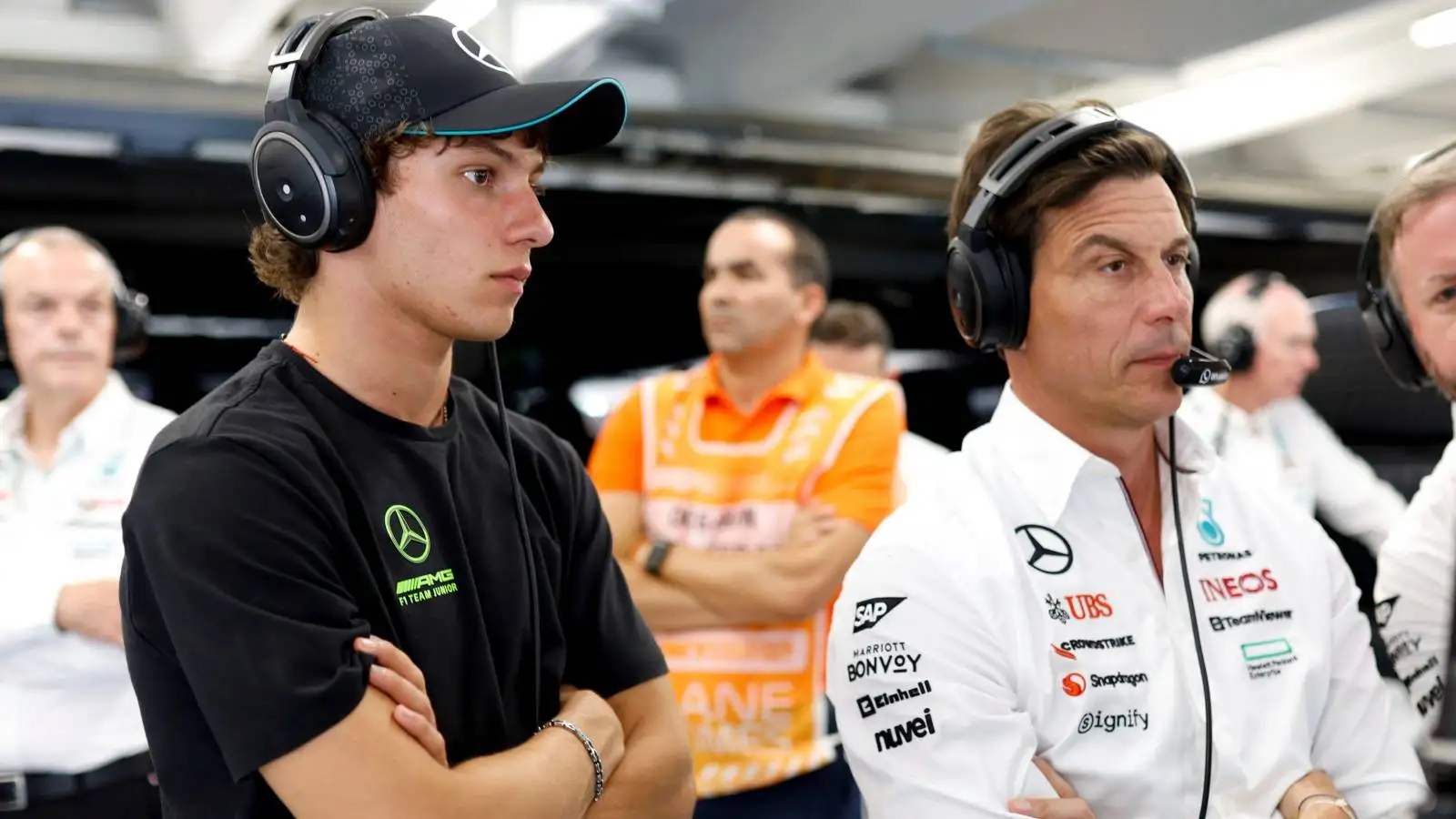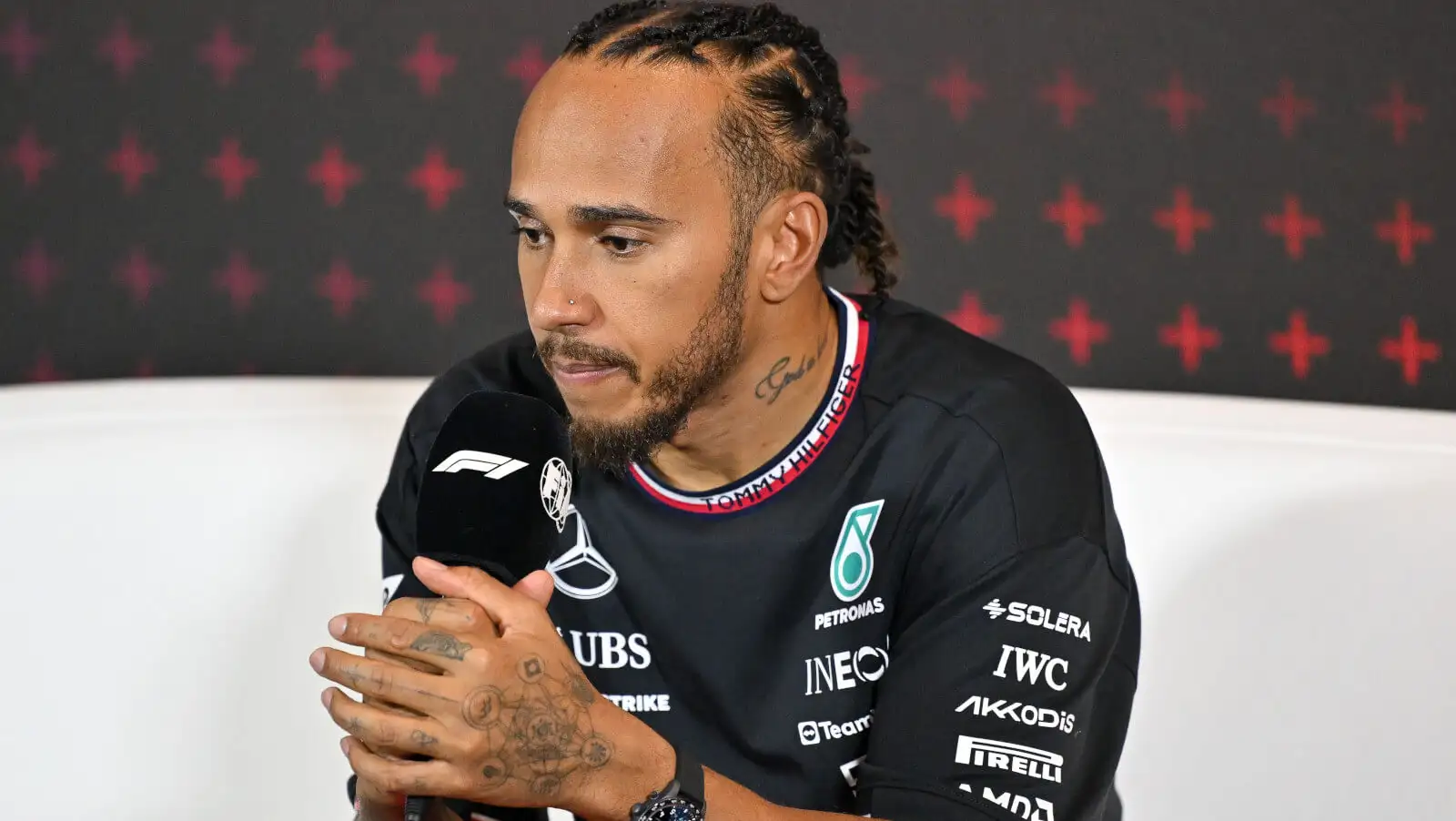In a surprising twist during the Bahrain Grand Prix, Lewis Hamilton found himself behind the wheel of a Ferrari that didn’t quite match his expectations. Despite strong hopes for a standout performance, he concluded the race in a less-than-ideal ninth place. The seven-time champion even turned to the untelevised team radio to express his apologies.
Hamilton’s candid comments on the radio shed light on his disappointment with the SF-25’s performance in the race. While teammate Charles Leclerc managed to secure a third-place spot, Hamilton struggled to keep up. His radio message revealed a rare moment of vulnerability from the seasoned driver.
Pre-Race Hopes and Updates
As the Bahrain Grand Prix approached, Ferrari’s team was buzzing with optimism. They introduced an updated floor, hoping it would elevate their SF-25’s performance to new heights. Hamilton enthusiastically praised the changes, hinting at a potential breakthrough, while Leclerc remained cautiously optimistic, suggesting that no single update could guarantee instant success.
Both Ferrari drivers qualified for Q3, a promising sign for the race. However, Hamilton’s struggles during the session were evident. Despite the promising start, he found himself lacking the crucial edge needed to challenge the front-runners. This unexpected turn of events was a lesson in the unpredictable nature of racing.
Hamilton’s Radio Apology
Amidst the high-speed drama, Hamilton’s team radio became a platform for heartfelt apologies. His candid words, “I’m really sorry, guys,” echoed his frustration. His race engineer, Riccardo Adami, pointed out specific areas where time was lost, putting Hamilton’s struggles into perspective.
Hamilton’s terse responses during media interactions further illustrated his disappointment. His straightforward acknowledgement of the issues he faced highlighted the differences between his car’s performance and Leclerc’s stronger showing. These moments revealed a driver grappling with the challenges of adapting to a new team.
Leclerc’s Strong Performance
In stark contrast, Charles Leclerc’s performance underscored Ferrari’s potential. Leclerc showcased his ability to extract maximum performance from the SF-25. His third-place qualifying position was a testament to his skill in capitalizing on the updated car setup.
Hamilton’s Struggles with the SF-25
Hamilton’s transition to Ferrari has been anything but smooth. The Bahrain GP underscored the challenges of adapting to a new team and car dynamics. His measured approach to discussing these struggles further emphasized the hurdles he faced.
Within the team, Hamilton’s candid reflections on Ferrari’s setup differentiated him from Leclerc. He openly discussed hoping for improvements, maintaining a positive outlook despite the difficult start.
Racing at Bahrain exposed the nuances of Formula 1, where even seasoned drivers must navigate a steep learning curve. Hamilton’s determination to overcome these obstacles added depth to the ongoing narrative of his season.
Navigating Media Interactions
Hamilton’s interactions with the media following the race were marked by brevity. When asked about specific incidents, such as his deleted lap, his responses were simple yet revealing. He acknowledged the challenges of competing at the highest level, where even minor setbacks can shift the course of a race.
Despite the media scrutiny, Hamilton maintained his composure. His determination to focus on improvements showcased his dedication to the team’s growth. These media interactions underscored the mental resilience required to thrive in Formula 1.
In the grand scheme, Hamilton’s experience at Bahrain highlighted the delicate balance between performance expectations and the complexities of competition. His journey at Ferrari continued to unfold with each race.
Ferrari’s Strategic Plans
Ferrari’s approach to adapting to changing race dynamics was evident at Bahrain. The team’s strategic planning aimed to mitigate challenges and capitalize on strengths. Despite the mixed results, their efforts were a testament to their commitment to continuous improvement.
Hamilton’s ability to contribute to Ferrari’s strategy added another layer to his role within the team. His insights and experience brought valuable perspectives to their approach.
As Hamilton and Ferrari worked towards refining their car’s performance, it became clear that their journey would be one of evolution. Each race was an opportunity to learn, adapt, and grow together.
Analyzing Bahrain’s Challenges
Bahrain’s demanding track layout posed unique challenges for all teams. Ferrari’s SF-25 faced specific performance issues in certain sectors, impacting Hamilton’s pace. This required a nuanced race strategy to navigate the circuit effectively.
Hamilton’s experience emphasized the impact of track elements like the second and final sectors on overall performance. Adapting to these nuances was crucial for both drivers and teams.
Despite the hurdles, Hamilton’s determination to improve and Leclerc’s strong showing offered insights into Ferrari’s adaptability under pressure. The Bahrain GP served as a reminder of the dynamic nature of Formula 1 competition.
Looking Ahead
As Ferrari regroups after Bahrain, there’s a shared resolve to address the issues faced. Hamilton’s drive to improve and the team’s dedication indicate a collective effort to achieve future success. Their collaboration aims to refine strategies and enhance car performance.
Hamilton’s focus on improvement resonated with fans and analysts alike. His determination to overcome difficulties elevated his role within the team, aligning with Ferrari’s goals for the season.
Conclusion
In retrospect, the Bahrain Grand Prix encapsulated the ebb and flow of Formula 1. Hamilton’s candid apology on team radio offered a glimpse of his commitment to improving Ferrari’s standing. It was a learning experience that blended disappointment with determination.
As the season progresses, Hamilton’s journey with Ferrari will continue to evolve. His perseverance and the team’s adaptability promise exciting developments on the horizon.
Lewis Hamilton’s untelevised apology at the Bahrain GP revealed a rare look into the pressures faced by top-tier drivers. As Hamilton adapts to Ferrari, both he and the team are poised for future growth. This moment was a testament to the challenges and rewards of change in the high-stakes world of Formula 1.
